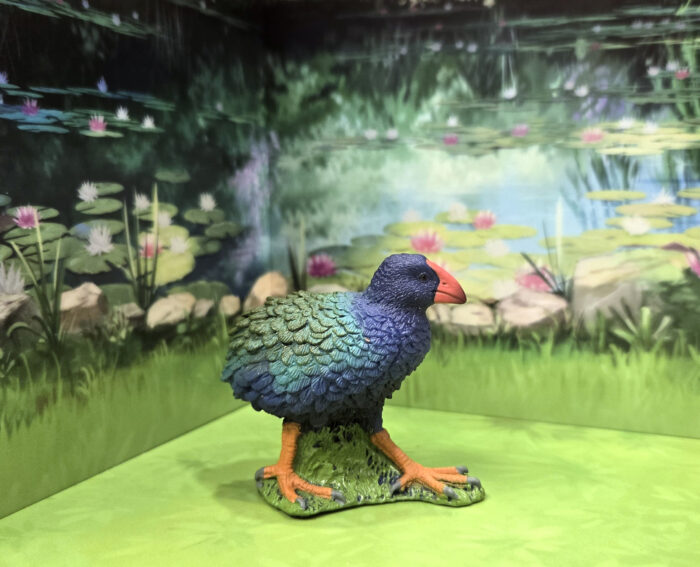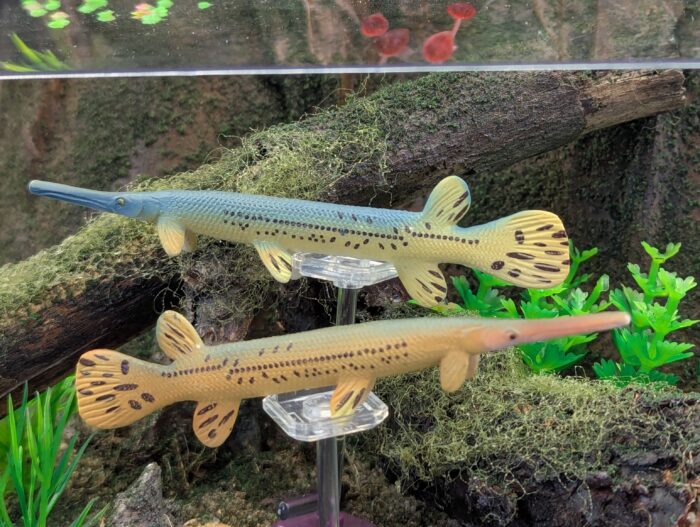The takahē are, well were, two species of flightless swamphens endemic to New Zealand. The North Island takahē (Porphyrio mantelli) became extinct shortly after the Maori settlement of New Zealand in the early 1300s. The South Island takahē (P. hochstetteri) is still alive, but just barely.
Stoat (Mojö Woodland by Mojö Fun)
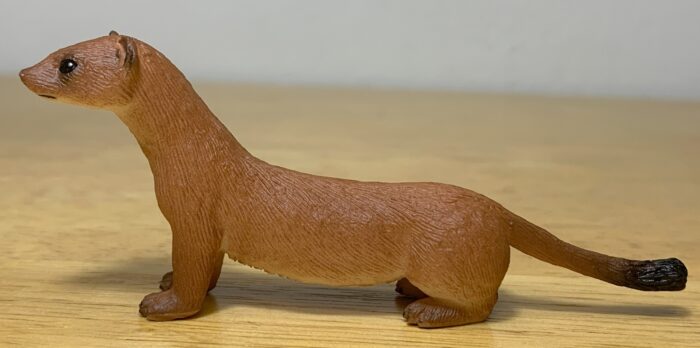
Also known as the short-tailed weasel and ermine, the stoat (Mustela erminea) has a circumpolar distribution around the northern half of the northern hemisphere in North America and Eurasia. The stoat was also introduced to New Zealand to control rabbit populations but has been wreaking havoc on New Zealand’s bird population.
Harbor Seal, 2018 (Arctic & Antarctic Wildlife by Schleich)

In Celtic mythology there exists a creature known as a selkie, a shapeshifting being that takes on the form of a seal when in the water but can transform into a human by removing its sealskin on land. Selkie stories often involve a romantic relationship between a human male and female selkie wherein the human hides her sealskin so she cannot return to the sea, forcing her into marriage but resulting in an unhappy life for the selkie.
Insects TOOB (Safari Ltd.)
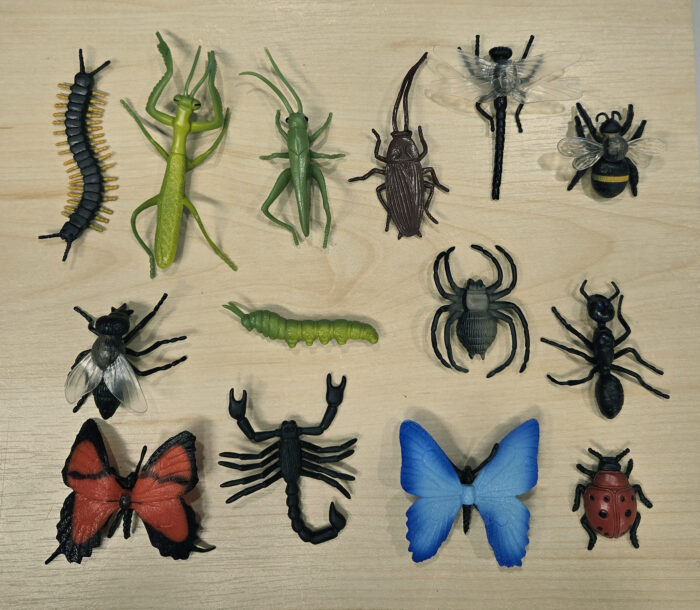
I have recently reacquired the Safari Ltd. Insects TOOB and thought I would showcase it for the Blog. There have been at least three (maybe more) iterations of this TOOB over the years, with I believe the first version coming out in 2004. At some point (I don’t know what year) Safari also released a glow-in-the-dark version of the TOOB.
Polar Bear (Wild Animals by Papo)
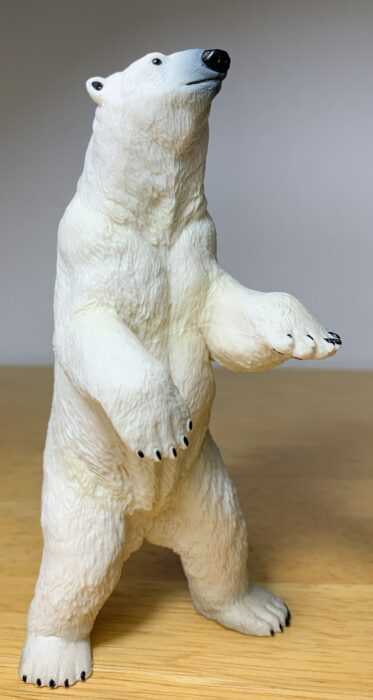
Paradoxically, the polar bear (Ursus maritimus) is both the world’s largest terrestrial carnivore and a marine mammal. They get their marine mammal designation because they live on water, albeit in the form of ice. Yes, that makes it a bit of a stretch to call it a marine mammal, but the polar bear is quite capable in liquid water as well.
Green Tree Python (Wildlife by CollectA)
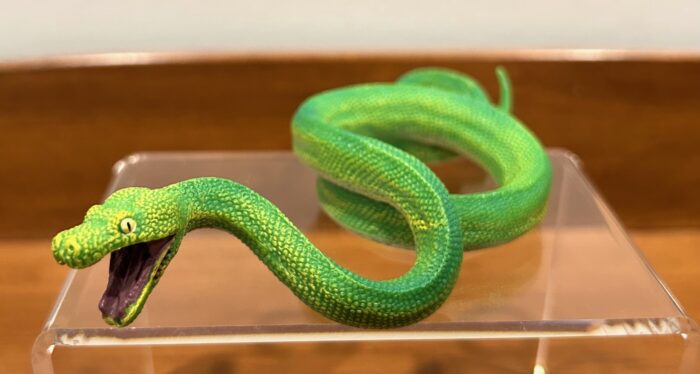
Review and images by Suspsy; edited by bmathison1972
The green tree python (Morelia viridis) of New Guinea and Indonesia is a relatively small python that usually grows to around 150-180 cm, with some large females achieving up to 200 cm. It is notable for its preferred method of perching in trees by looping its coils over a branch and then placing its head in the middle of the coils.
Longnose Gar (3″ figure by Replica Toy Fish)
Sailfish (Marine Life by Papo)
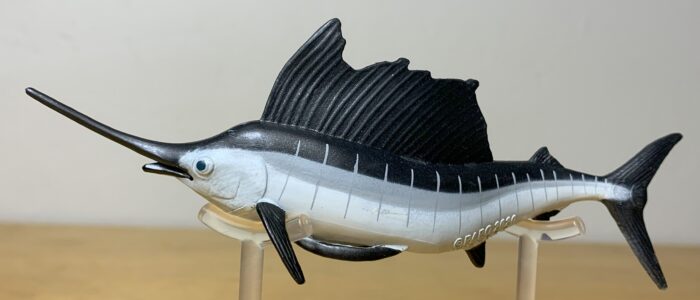
With alleged speeds of up to 68 mph the sailfish is said to be the fastest animal in the sea. However, recent studies suggest a maximum speed of only 34 mph. That’s still fast for an aquatic animal though, matching other ocean speedsters like the mako shark and killer whale. And with its tall, sail-like dorsal fin, it is one of the sea’s most visually distinct and impressive fishes.
Lake Sturgeon (3″ figure by Replica Toy Fish)
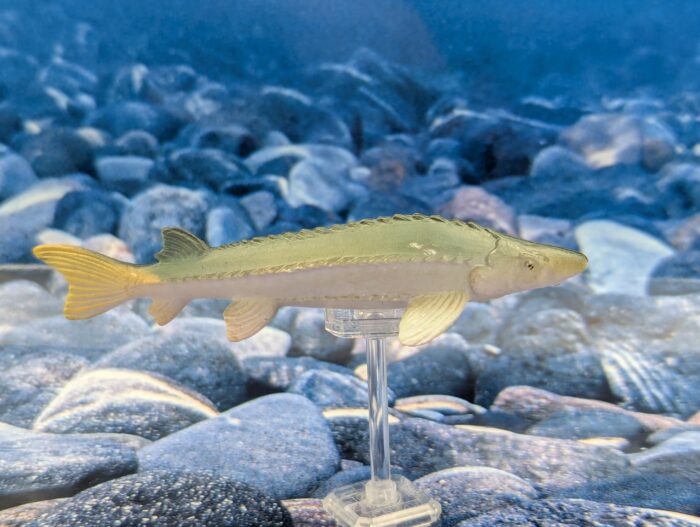
Back with another Replica Toy Fish figure in the 3″ line, another of the models released in or around April of 2015. Again, I think one that I caught wind of via another collector or forum. This one is the lake sturgeon, Acipenser fulvescens, a species that was seen once before in the Safari Great Lakes toob, and was a welcome addition to the RTF series as well.
American Black Bear, 2024 (Wildlife America by Schleich)
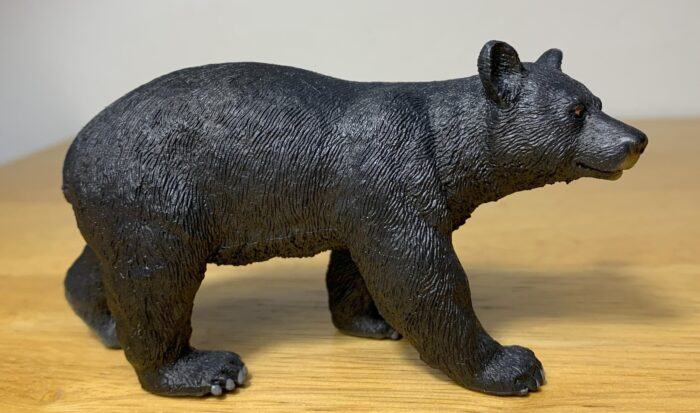
The American black bear (Ursus americanus) is the smallest and most wide-ranging bear species in North America. They’re found from coast-to-coast, from Alaska to Mexico, where they prefer forested environments. Once found in every state in the U.S. their population has been greatly reduced, especially in the Midwest, but they’ve been steadily repopulating areas they were previously extirpated from.
Friesian Stallion (Horse Club by Schleich)

A huge thank you to Happy Hen Toys and their incredible generosity to provide a sample of this horse model to me! Schleich released a new Friesian stallion as part of their 2024 Horse Club range with the item #13975. It was released alongside a foal and I hope to see a new mare join them in years to come.
American Cream Draft Stallion (Horse Country by CollectA)
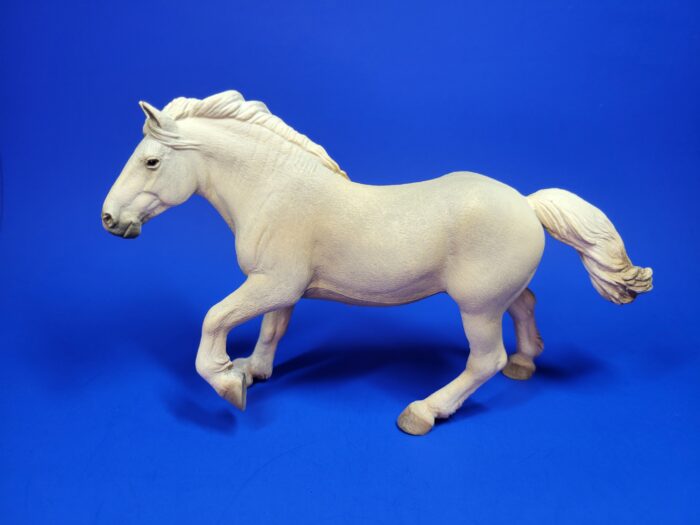
I have to thank Happy Hen Toys for sending me this gorgeous specimen to review! CollectA released this unique model of an American Cream Draft stallion back in 2019 with the item #88846. As a standalone figure it is gorgeous and completely unique (even 6ish years later at the time of this writing), but it is nicely sculpted and would present a wonderful new model for any collector of equids.

